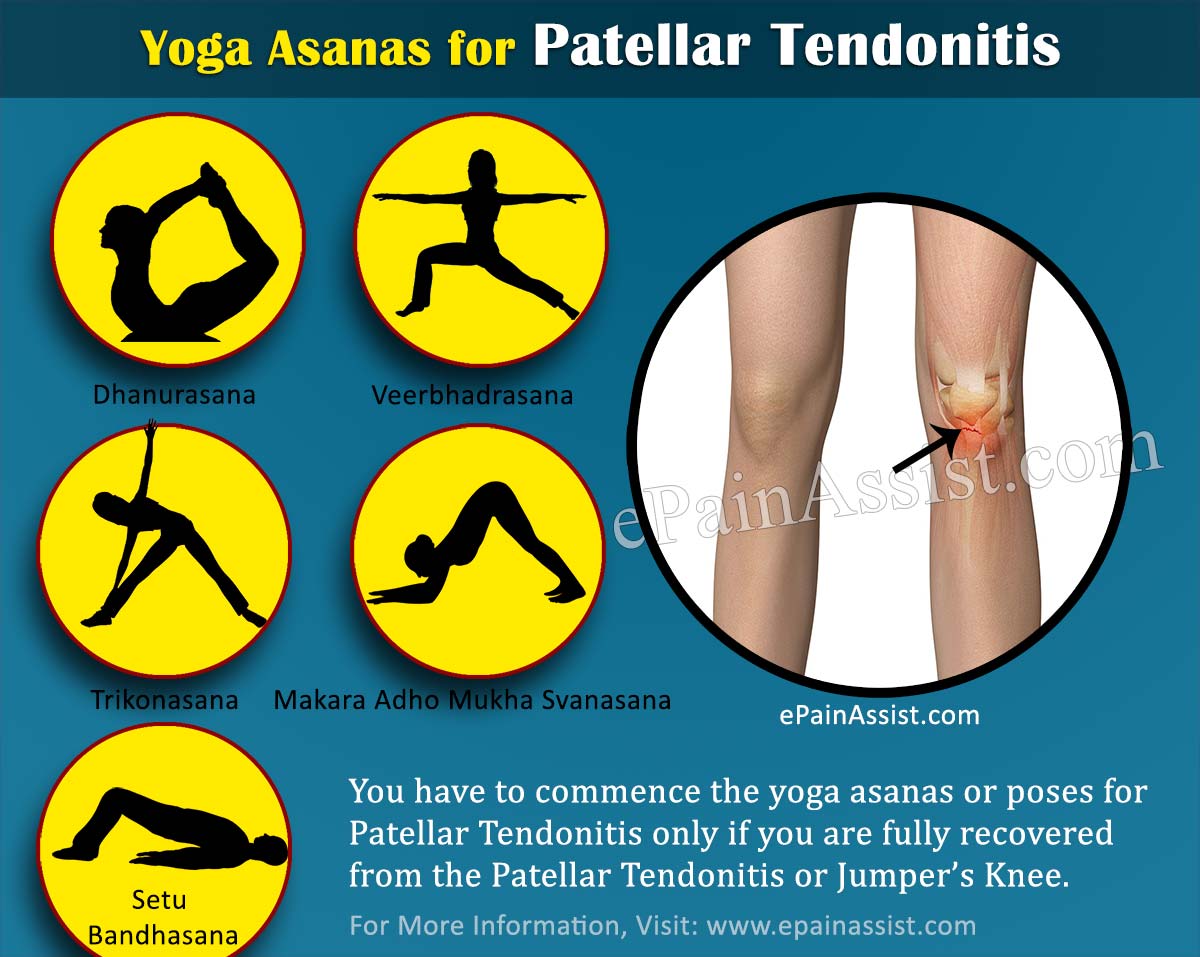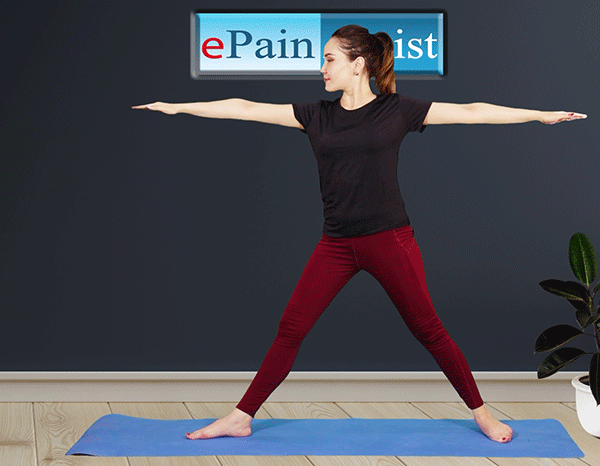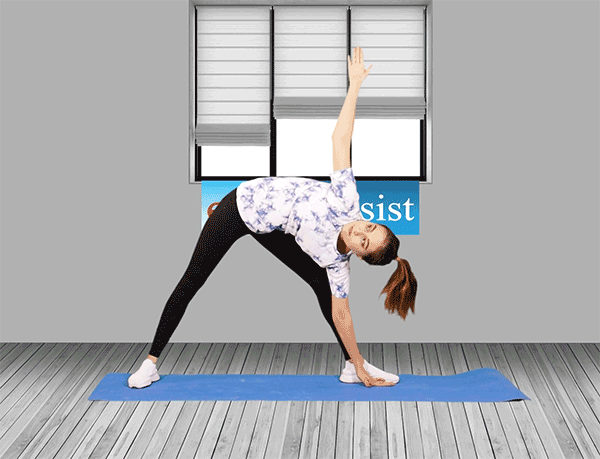Recovery Period for Patellar Tendonitis or Jumper’s Knee
The recovery period or the healing time for Patellar Tendonitis or Jumper’s Knee depends on many factors including the grade or level of the injury.
Patellar tendons and damages to them can take a long period to recover, particularly if it has lasted for a prolonged period. Moreover a patient might not have sensed it or he/ she would have survived under pressure with the injury as there is negligible pain.
The Patellar Tendonitis or Jumper’s Knee can grow to a phase where the injury that has happened to the tendon becomes complicated. There are diverse forms of patella tendon damages and diverse methods to heal them but in fact what you are attempting to perform is to allow them become to bear up the weight and that can take probably a few months to heal or recover completely from Patellar Tendonitis or Jumper’s Knee.
Then once the patient returns to sports and with regular training they need to continue with the preservation work to make certain that the tendon be able to manage with the weight particularly the finishing or grounding from a jump.
An obstruction that many sportsmen have when recovering back from Patellar Tendonitis or Jumper’s Knee is that they have been intentionally putting load on the good leg and consequently have developed peculiar walking pattern. This in itself is able to lead to additional injuries and discrepancies. Athletes should be conscious of this problem when recovering or healing from Patellar Tendonitis or Jumper’s Knee.
If you adhere to a safe strengthening schedule you will become aware of a decrease in pain following 3 to 4 weeks. Be tolerant, as it may take 6 to 12 months to come back to full ability after grade 4 injury of Patellar Tendonitis or Jumper’s Knee.
Yoga Poses/ Asanas for Patellar Tendonitis or Jumper’s Knee
You have to commence the yoga asanas or poses for Patellar Tendonitis or Jumper’s Knee only if you are fully recovered from the Patellar Tendonitis or Jumper’s Knee. It is also suggested to obtain the yoga exercises under a yoga expert and then training them at home every day. Have a 20 minute interval before commencing yoga in order that it will relax your mind and body. Consult your doctor prior to starting any yoga exercises and ask the doctor whether you are prepared for these sessions.

Make use of yoga blocks, support and cushions while working these positions to keep away from annoyance of pain. Comply with your body’s limit in addition do simply to the extent that you contentedly can. In instance the pain becomes worse, Put an end to the practice and look for medical advice before starting again.[1]
- Veerbhadrasana or The Warrior Pose for Patellar Tendonitis or Jumper’s Knee assists people in strengthening their knee that are experiencing knee Patellar


- Tendonitis or Jumper’s Knee. It also let go strain from the shoulders in addition to results in stability in the body.[2]
- Dhanurasana or The Bow Pose for Patellar Tendonitis or Jumper’s Knee unlocks the shoulders in addition to easing knee of pain. This yoga pose increases the elasticity to the spine and eases the body of strain and exhaustion.


- Setu Bandhasana or The Bridge Pose for Patellar Tendonitis or Jumper’s Knee assist reinforce muscles within the knee joint as well as useful for those experiencing from osteoporosis. It also makes the brain peaceful and decreases worry and strain in the body.[3]


- Trikonasana or The Triangle Pose for the Patellar Tendonitis or Jumper’s Knee makes the legs and knees stronger. It also stretches as well as unlocks the hamstrings, hips and groin. This yoga posture reduces the backache.


- Makara Adho Mukha Svanasana or The Dolphin Plank Pose for Patellar Tendonitis or Jumper’s Knee extends the hamstrings and shoulders. It also makes the legs, arms and wrists stronger while reducing the body of tiredness and back pain. In addition dolphin plank pose assist to stop osteoporosis.

Knee Strap for Patellar Tendonitis or Jumper’s Knee
Knee strap for Patellar Tendonitis or Jumper’s Knee which is also called as patella tendon strap is an easy knee hold up which covers almost the entire knee and gives relief from the pain and discomfort of Patellar Tendonitis or Jumper’s Knee.
The Patellar Tendonitis or Jumper’s Knee strap performs by giving firmness towards the patella tendon plus varying the direction at which the forces are passing on through the patellar tendon.
It can be used all the time even as the knee is aching. When returning to exercises it can be used when the knee wants an extra support throughout training sessions.[4]

Lifestyle Changes for Patellar Tendonitis or Jumper’s Knee
Below mentioned are some of the suggested lifestyle changes for Patellar Tendonitis or Jumper’s Knee:
- Keep away from activities that trigger pain in the knee patellar tendon. You possibly will need to carry out your sport less frequently or momentarily switch to minor weight bearing sports. Working in pain can increase the complication in your patellar tendon.
- Apply ice following activity that triggers pain. Keep ice in a synthetic pack and enfold the pack in a towel. You can also use an ice massage. Ice up water in a synthetic/plastic cup and keep the freeze cup as you use ice straight to your skin.
- Pain relievers. Pharmacy medications for instance naproxen sodium and ibuprofen may give short-term hurt relief from Patellar Tendonitis or Jumper’s Knee.[5]
Prevention of Patellar Tendonitis or Jumper’s Knee
To prevent the chance of Patellar Tendonitis or Jumper’s Knee, follow these below steps:
- Do not play while you are having any sort of knee pain. The moment you observe exercise-associated knee ache, ice the section and rest. Awaiting your knee is hurt-free; keep away from activities that place strain on patellar tendon.
- Strengthen the muscles. Sturdy thigh muscles are healthier to deal with the pressures that can create Patellar Tendonitis or Jumper’s Knee. Eccentric workouts, which engage lowering down your leg extremely slowly following the stretching of your knee, are exceptionally helpful.
- Make your technique better. Get professional instructions when commencing a fresh sport or using an exercise equipment to confirm that you are using your body in the approved manner.
- Watch out for the premature signs of hurt and irritation after work out and take actions. Do not delay until this damage becomes terrible – there is an extensive rehab period once the damage becomes worse.
- Recognize any biomechanical harm that may boost the danger for instance foot over pronation, tight iliotibial band, loose kneecap. If you are not certain, seek expert help and advice.
Also Read:
